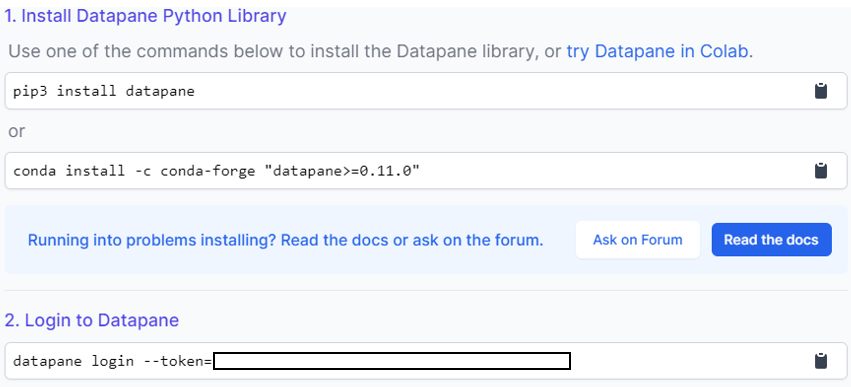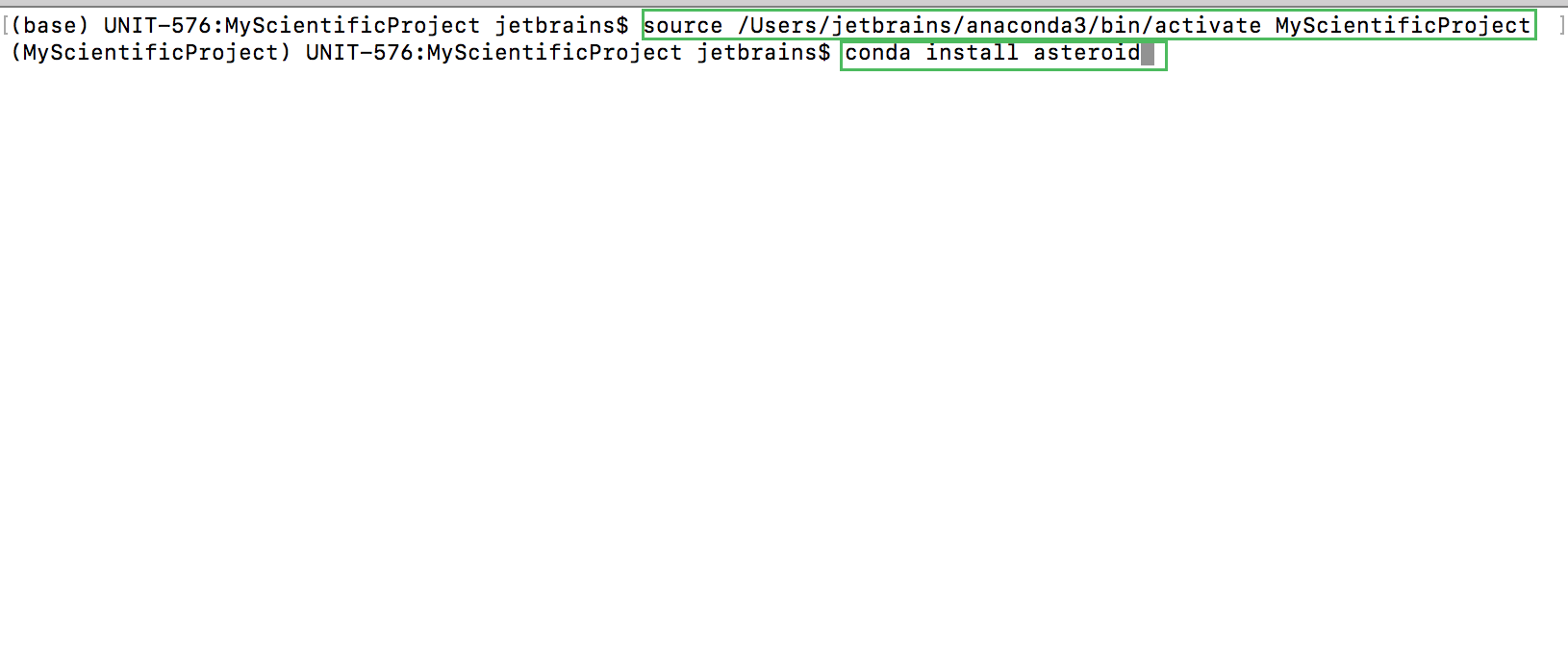

- #CONDA INSTALL PYPDF2 PDF#
- #CONDA INSTALL PYPDF2 UPDATE#
- #CONDA INSTALL PYPDF2 CODE#
- #CONDA INSTALL PYPDF2 WINDOWS#
#CONDA INSTALL PYPDF2 WINDOWS#
Take a look at this example: # pdf_watermarker.py from PyPDF2 import PdfFileWriter, PdfFileReader def create_watermark(input_pdf, output, watermark): watermark_obj = PdfFileReader(watermark) watermark_page = watermark_obj.getPage(0) pdf_reader = PdfFileReader(input_pdf) pdf_writer = PdfFileWriter() # Watermark all the pages for page in range(pdf_reader.getNumPages()): page = pdf_reader.getPage(page) rgePage(watermark_page) pdf_writer.To install setup.py files under Windows you can choose this way with the command line: To practice this, you need to have a watermark text or an image to use on the PDF.

Watermarks are an overlay that is really important as they allow protection of intellectual properties like your PDFs or images.įor watermarking your documents you can take the help of Python and the PyPDF2 package. There are some watermarks that can be seen in just special lighting conditions. Watermarks are a way to identify patterns and images on digital and printed documents.
#CONDA INSTALL PYPDF2 PDF#
After the script is done running, you will have every page of the PDF split into multiple PDFs. Then, a uniquely named file is used for writing the page out. A new PDF writer instance is created and a single page is added for every page of the PDF. pdf' with open(output, 'wb') as output_pdf: pdf_writer.write(output_pdf) if _name_ = '_main_': path = 'Jupyter_Notebook_An_Introduction.pdf' split(path, 'jupyter_page')Īs you can see in the above example, a PDF reader object is created and then a loop for all the pages.
#CONDA INSTALL PYPDF2 CODE#
Now, here is the code that will get you access to the attributes of the PDF: # extract_doc_info.py from PyPDF2 import PdfFileReader def extract_information(pdf_path): with open(pdf_path, 'rb') as f: pdf = PdfFileReader(f) information = pdf.getDocumentInfo() number_of_pages = pdf.getNumPages() txt = f""" Information about. In this example, let’s assume that the name of the pdf is example.pdf. You can extract the following types of data using the PyPDF2 package: This comes in handy when you are working on automating the preexisting PDF files. With the PyPDF2, you will be able to extract text and metadata from PDF. ExtractingĮxtraction Text from PDF Source – PDF Tables Now, let’s move on to extracting information from PDF. The installation process does not take much time as the PyPDF2 package doesn’t have any dependencies. Here is what you need to do for installing PyPDF2 using pip: You can use conda (if you are using Anaconda) or pip (if you are using regular Python) for installing PyPDF2. The first step for working with a PDF in Python is installing the package. The only major difference between the two is that with pdfrw, you can integrate it with ReportLab package that can create a new PDF on ReportLab containing some or all part of a preexisting PDF.

It does most of the things that PyPDF does. Even though PyPDF2 was abandoned recently, PyPDF4 is not backwards compatible with itĪn alternative to PyPDF2 was created by Patrick Maupin with the name pdfrw. However, there is one major difference between PyPDF2+ and the original pyPDF which is that the former supports Python 3. Then there were a few releases of pyPDF3 which was renamed to PyPDF4 later on.Īlmost all of these packages do at the same time. This package was backwards compatible with pyPDF and worked perfectly for several years up to 2016. Then, a company named Phasit created a package named PyPDF2 as a fork of pyPDF.
#CONDA INSTALL PYPDF2 UPDATE#
The last update to that package was made in 2010. The first pyPDF package was released in 2005. Xpdf – It is the Python wrapper that is currently offering just the utility to convert pdf to text. With this, you can extract the data from PDFs reliable without writing long codes. PDFQuery – It is the light wrapper around pyquery, lxml, and pdfminer. Slate – It is PDFMiner’s wrapper implementation. There is also an option for converting the PDF file into JSON/TSV/CSV file. You can also convert them into DataFrame of Pandas. Tabula-py – It is the tabula-java’s Python wrapper which can be used for reading the tables present in PDF. By clicking the above button, you agree to our terms and conditions and our privacy policy.


 0 kommentar(er)
0 kommentar(er)
